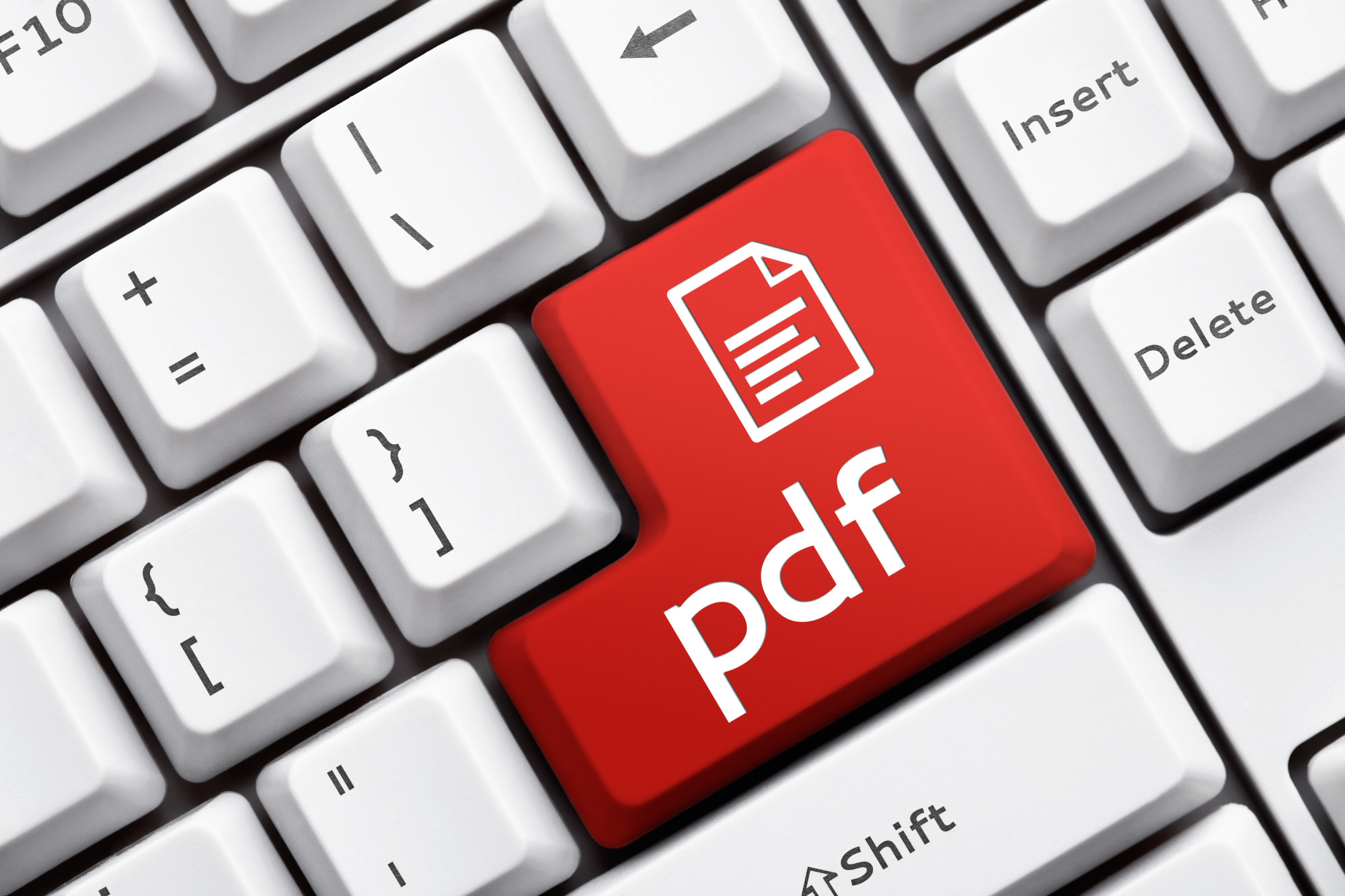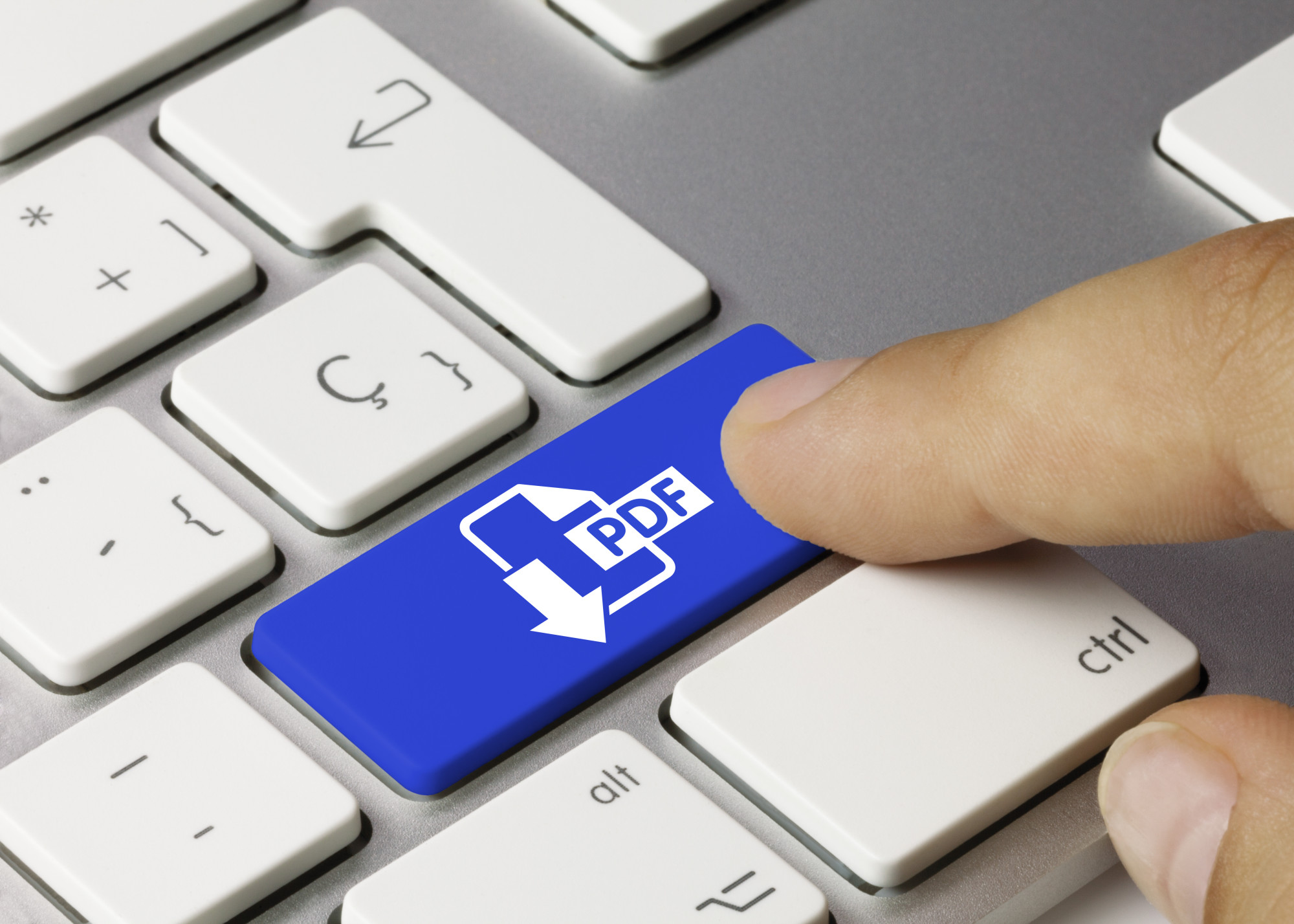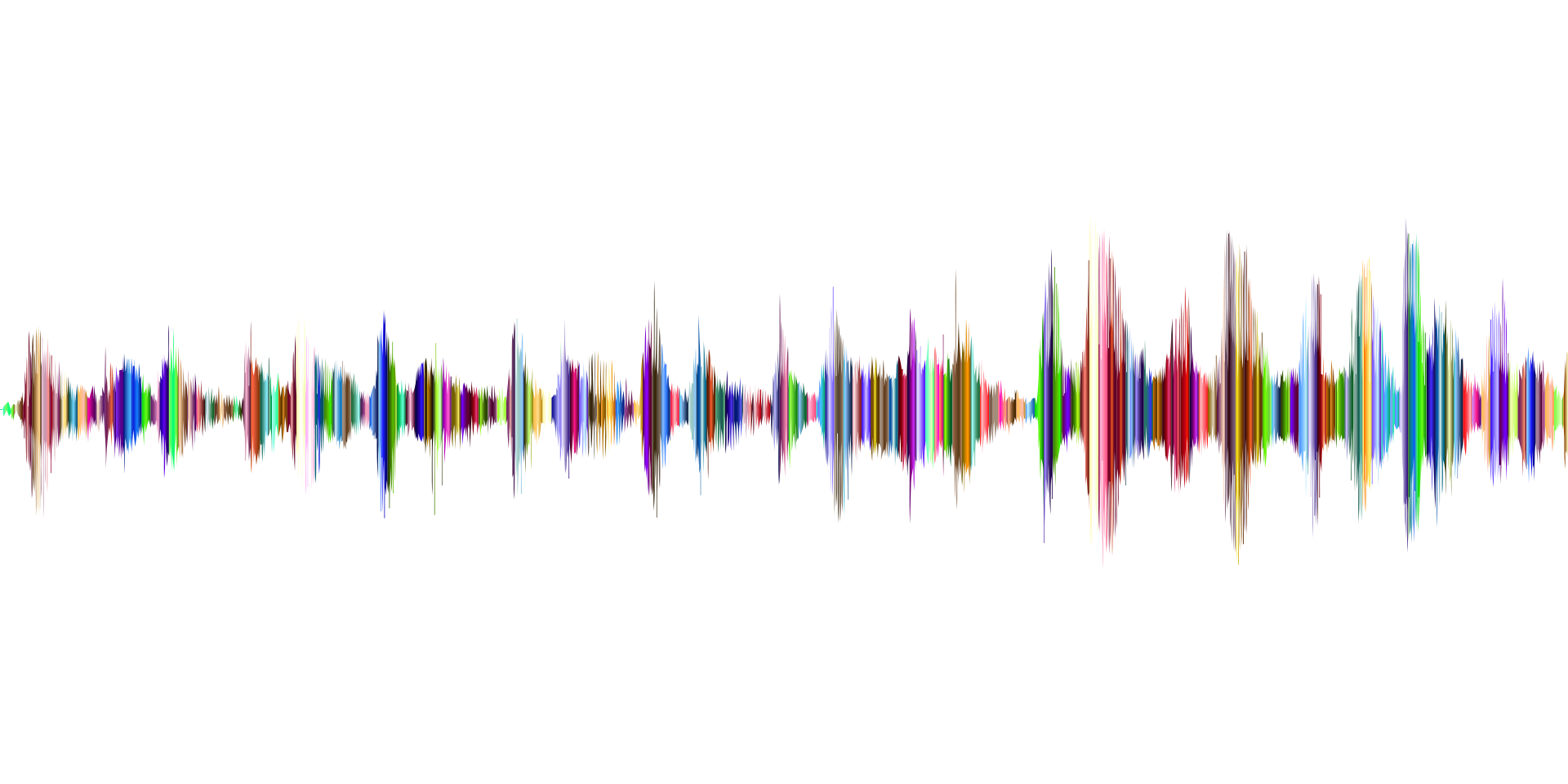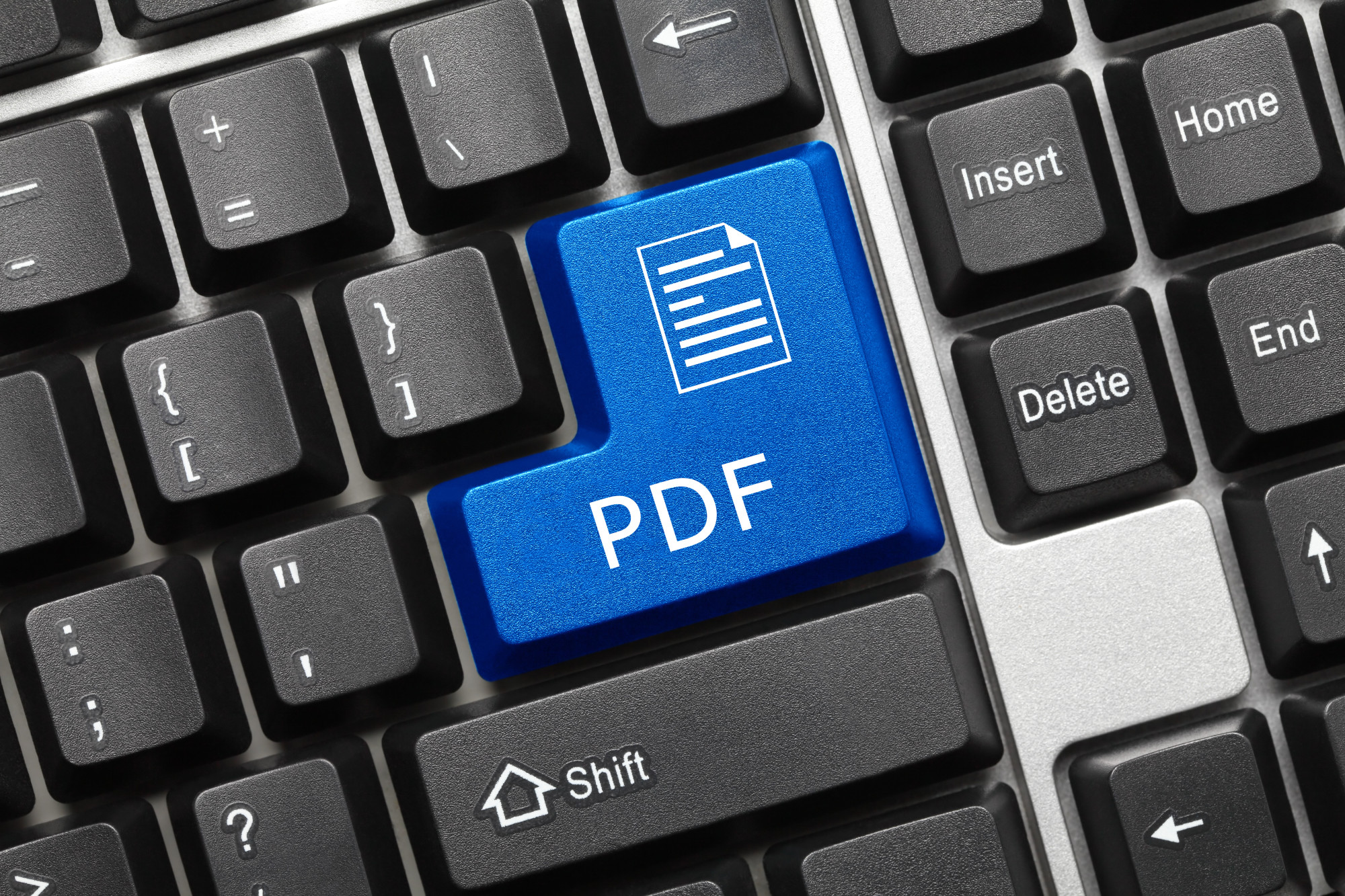The invention of spreadsheets changed the way businesses manage data, delegate tasks, and keep track of important matters. But, it’s not only the corporate world that makes use of spreadsheets.
By using spreadsheets, people can view data more efficiently. The automatic formulas are also helpful in arranging data, making computations, and presenting everything in different ways.
However, there are times when you need spreadsheets in PDF format. So how do you convert them?
Don’t worry, it’s quite easy to do, and there are several different ways to do it. Keep on reading to learn how to convert file formats to PDF.
Microsoft Excel
The app Microsoft Excel itself provides many options to convert to PDF file formats. However, first you have to set up the page layout.
Under the Page Layout tab, you’ll see options like Margins, Orientation, Size, and so on. These work the same as in Word, so you only have to configure these to set up what you want the PDF document to look like.
You also have to set the Print Area, which determines which rows/columns you include in the document. The area included will have a gray line surrounding it, and anything outside it will not appear on the PDF.
Pay attention to the Sheet Options, as well. You can configure the appearance of the printed sheet here and then go to Print Preview to see the look of your final document.
Once you have this down, it’s time to convert to PDF file formats.
Save a Copy
This is an easy and straightforward way to convert file formats. All you have to do open the file and save a copy.
Once you have the file open, navigate toward the File menu and choose the Save a Copy option. Select PDF (*.pdf) as the file type and click the Save button or edit the name first before you save it.
This will save your file as a PDF document in the same folder as the Excel file. If you want to save it in a different location on your computer, click the More options button below the file type. You can then choose the destination and then click Save when you’re finished.
Export as PDF
Under the File tab, there’s another option to create a PDF. Navigate toward the Export tab and you’ll get the option to create a PDF or XPS document. Click on this option and press the Create PDF/XPS button on the next area.
This will take you to the Publish as PDF or XPS menu. It looks the same as the Save As menu, which allows you to edit the file name, choose a destination folder, and choose the file type. After choosing, click the Publish button to get a PDF document.
Online Converter
If you can’t open the file for any reason, you still have another easy option. All you’ll need is an internet connection.
Go to your browser and search for Excel to PDF converters. You’ll get a bunch of results and all you have to do is choose one. You can also visit our main page to convert your files for free.
The process for each website is pretty much the same. You begin by uploading the XLS or XLSX file from your local hard drive. Some websites have the drag-and-drop feature so you can drag the file from your computer and drop it into the designated area on the website.
Once it’s uploaded to the servers, the website can begin converting it. You may have to click a button to begin the conversion or it may start automatically. Again, the waiting time depends on the size of your file.
You’ll get a notification once the process finishes. All you have left to do is click the download button to save the new PDF file on your computer.
You can choose to convert more Excel files with usually no limit or you can do other conversions. Online converters can do more, like convert mod files or even convert PDF to JPG file formats.
Adobe Acrobat Online Tool
Adobe, the maker of PDF, also has its own online tool you can use for free. The process is the same, as well.
You upload the file and it starts converting it into a PDF. It has a progress circle so you can see how much time it has left. It will tell you once the file is ready for download.
Note that you have to sign in so you can access the download and share it with others. You can sign in to your Adobe account or continue with Google or Apple. Otherwise, they will remove the converted file from their servers.
One caveat of using this option is that you can only use it a limited number of times each day. If you want to convert more files, you’ll have to get a subscription to Acrobat Document Cloud. This will also give you access to various other tools, such as the ability to sign PDF documents.
This can be worth it if you have a large number of Excel files to convert. It also allows you to use your Adobe Acrobat reader to convert PDFs into other file formats. You can also use the app to convert files right on your phone.
One trick is to sign up for the trial of Adobe Document Cloud. By doing this, you can get full access to all the features for seven days.
Other than that, you can explore the other free functions of Acrobat online. You can also convert PDF to Word file documents on their website and more.
Convert File Formats From Excel to PDF Now
PDFs allow you to present your documents the way you like them. If you want to preserve the way your files look in any system, convert them to PDF. That way, everyone can view them the way you intend them to.
Convert file formats today with the help of our free online conversion tools. Discover what we offer and use them to help yourself now!









